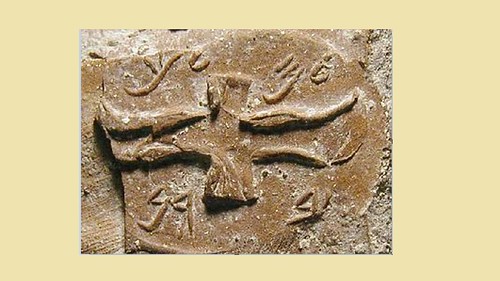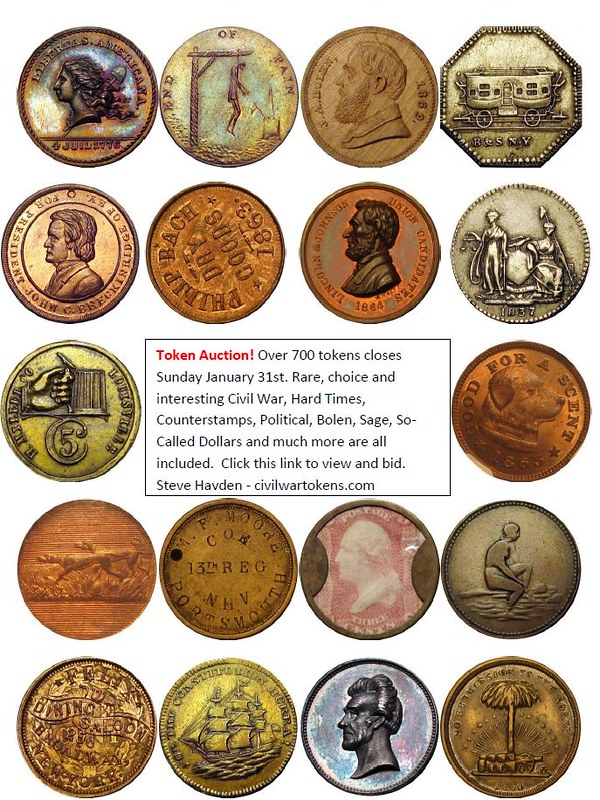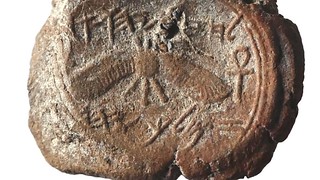
PREV ARTICLE
NEXT ARTICLE
FULL ISSUE
PREV FULL ISSUE
KING HEZEKIAH'S SEAL
Seals were once the preferred method of finalizing and authenticating official documents. While not coins, they are quite coin-like and
have been studied alongside coins for ages. Here's an article from Haaretz about an important seal recently found in
Jerusalem. -Editor
Actually, we had already known the king's seal existed. Impressions from it have been making the rounds of the antiquities market for years. A simulation of the seal is even on display at the Israel Museum, on loan from the Jesselson collection. The uniqueness of the seal impression announced in December lies in its being a rare solid piece of evidence that Jerusalem housed a major Judahite royal administration. Almost all other seals and bullae from the Judahite era had been illegally dug up and sold by antiquities thieves, rendering them valueless to archaeologists because of their uncertain provenance and questionable authenticity. This seal impression, called a bulla, was found in a cache together with 33 other seals, figurines and ceramics, inside a collapsed building adjacent to Temple Mount that Jerusalemite archaeologist Eilat Mazar had already deemed to have had an administrative function. About the size of a grape, the impression reads “Belonging to Hezekiah son of Ahaz, king of Judah” and features a symbol of a two-winged sun disk with ankh symbols on either side. The building in which the bulla was found had been an administrative or royal building that the Babylonians destroyed when they conquered Jerusalem in 586 BCE, Mazar postulates. The archaeologists working there think it was a collapse from an upper floor. The two-winged sun disk image on the king's seal is also found stamped onto so-called "LMLK" jar handles from Hezekiah's era. (LMLK is merely transliteration of four Hebrew letters on the seals – lamed, mem lamed, kaph, which are shorthand for "belongs to the King".) Some LMLK jar handles features scarab beetles instead of the sun disk. 
An LMLK stamp on a jar handle The sun disk itself is a common Near Eastern symbol representing a solar or sky deity, which is what Yahweh essentially was. Its use does not therefore necessarily signify pagan worship by the jar maker or user, or of course by Hezekiah: over centuries of use in the region, these symbols assumed generic meanings. To read the complete article, see:

Wayne Homren, Editor The Numismatic Bibliomania Society is a non-profit organization promoting numismatic literature. See our web site at coinbooks.org. To submit items for publication in The E-Sylum, write to the Editor at this address: whomren@gmail.com To subscribe go to: https://my.binhost.com/lists/listinfo/esylum All Rights Reserved. NBS Home Page Contact the NBS webmaster 
|
